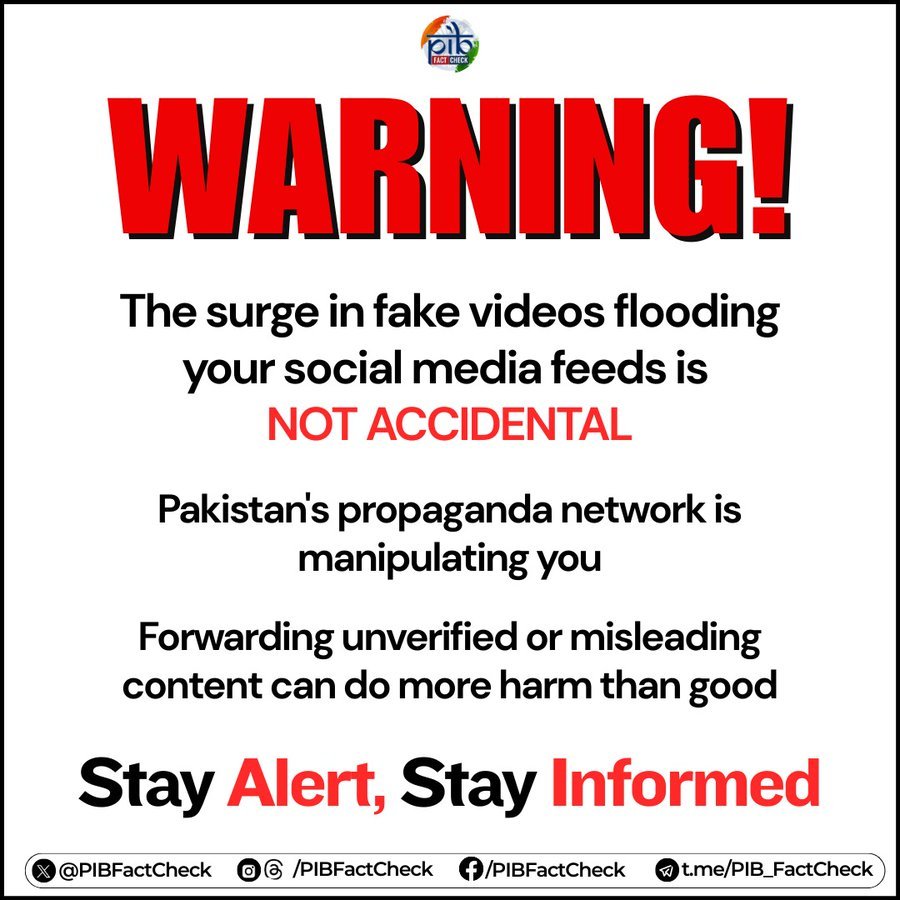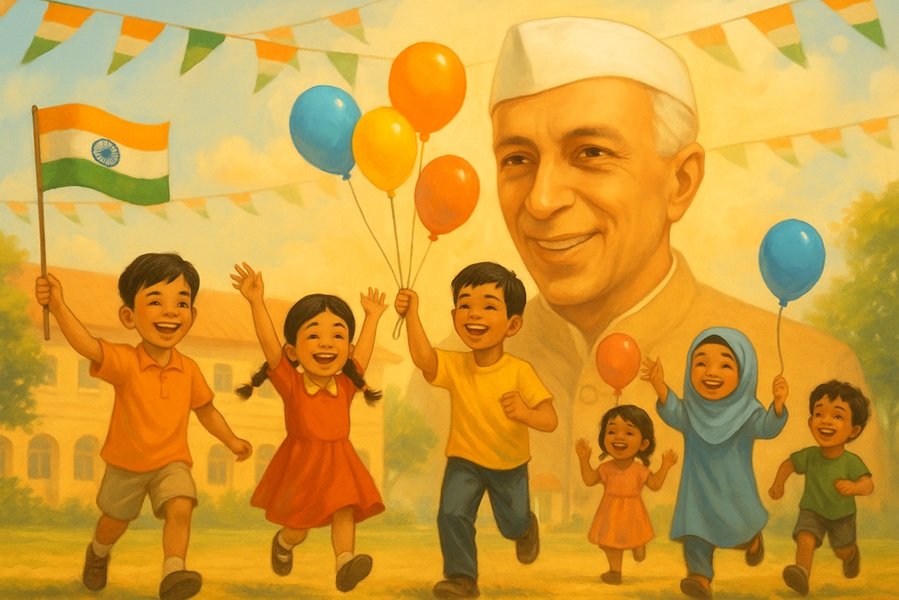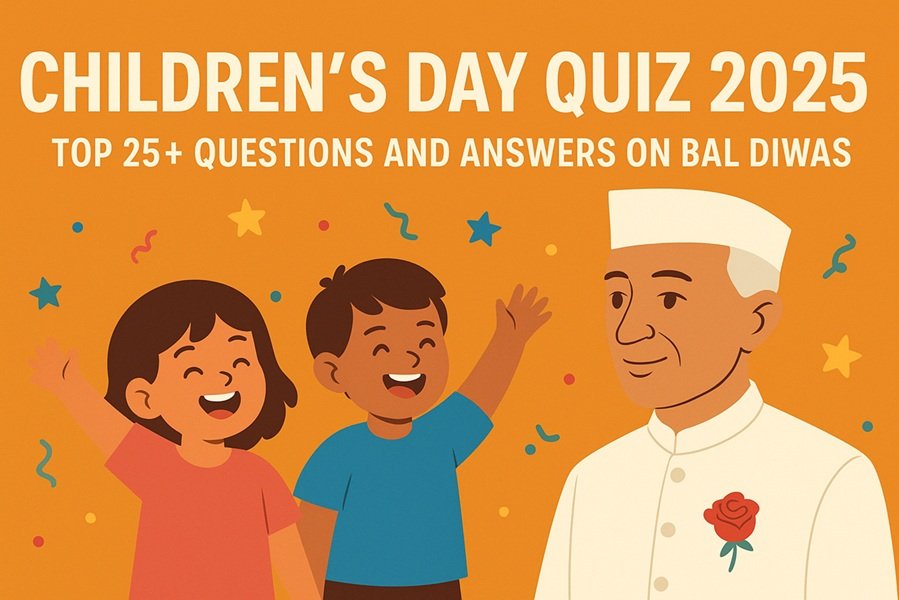
Introduction
As tensions rise along India’s borders and Operation Sindoor unfolds, a new battlefield has emerged—not on the ground, but on your screens. Social media platforms are being flooded with manipulated content, fake videos, and propaganda messages targeting the Indian Armed Forces and national security narrative.
The Indian government has issued a stark warning: your social media feeds are under attack. Misinformation is being used as a weapon, and every citizen must play a role in safeguarding truth and national integrity.
What’s Happening Online?
Over the past week, an alarming surge in doctored videos, fake images, and AI-generated audio clips has been observed on platforms such as WhatsApp, X (formerly Twitter), Facebook, Telegram, and YouTube. Many of these falsely depict:
- Indian soldiers in distress
- Government officials issuing false statements
- Fabricated visuals of military strikes or casualties
- Deepfake videos designed to discredit India’s leadership or morale
These posts often use sensational headlines, war-themed background music, or misattributed footage to create panic and spread confusion.
Who’s Behind This Digital Attack?
According to the Ministry of Home Affairs (MHA) and PIB Fact Check, many of these posts originate from foreign propaganda networks, including state-sponsored actors from neighboring countries. These networks are intentionally:
- Amplifying fake news
- Circulating old or irrelevant videos as “breaking news”
- Mislabeling gameplay footage or training exercises as real military operations
The goal is clear: mislead Indian citizens, break public trust, and destabilize the national narrative during a time of military readiness.
Why You Should Care
You may think sharing a video or image “just in case it’s true” doesn’t do much harm—but here’s what it actually does:
- Boosts visibility of fake propaganda
- Undermines official communication from the government
- Spreads panic among the population
- Puts national security at risk during sensitive operations
Disinformation spreads six times faster than real news on social media. Every share matters.
How to Protect Yourself and Others
🔍 Be Suspicious of Viral Content
Don’t trust content just because it has many shares. Misinformation often goes viral before it’s debunked.
📢 Report, Don’t Repeat
If you come across suspicious videos, do not forward them. Instead, report them to the PIB Fact Check team.
📤 Where to Report:
- WhatsApp: +91 8799711259
- Email: factcheck@pib.gov.in
- Twitter: @PIBFactCheck
🧠 Use Official Channels
Rely on official government sources like pib.gov.in, Doordarshan, AIR News, and the verified handles of defense and foreign affairs ministries.
Conclusion
India’s frontline is not just along the border—it’s on your screen, in your chat groups, and across your timelines. As malicious actors attempt to infiltrate our minds with digital disinformation, we must respond with critical thinking, restraint, and verification.
Remember: In the war against fake news, truth is your best defense.
🛡️ Stay alert. Verify before sharing. Report instead of reacting.
Together, let’s protect the digital integrity of our nation.
Explore all fake news here: Fake News Busted And Twitter: @PIBFactCheck



